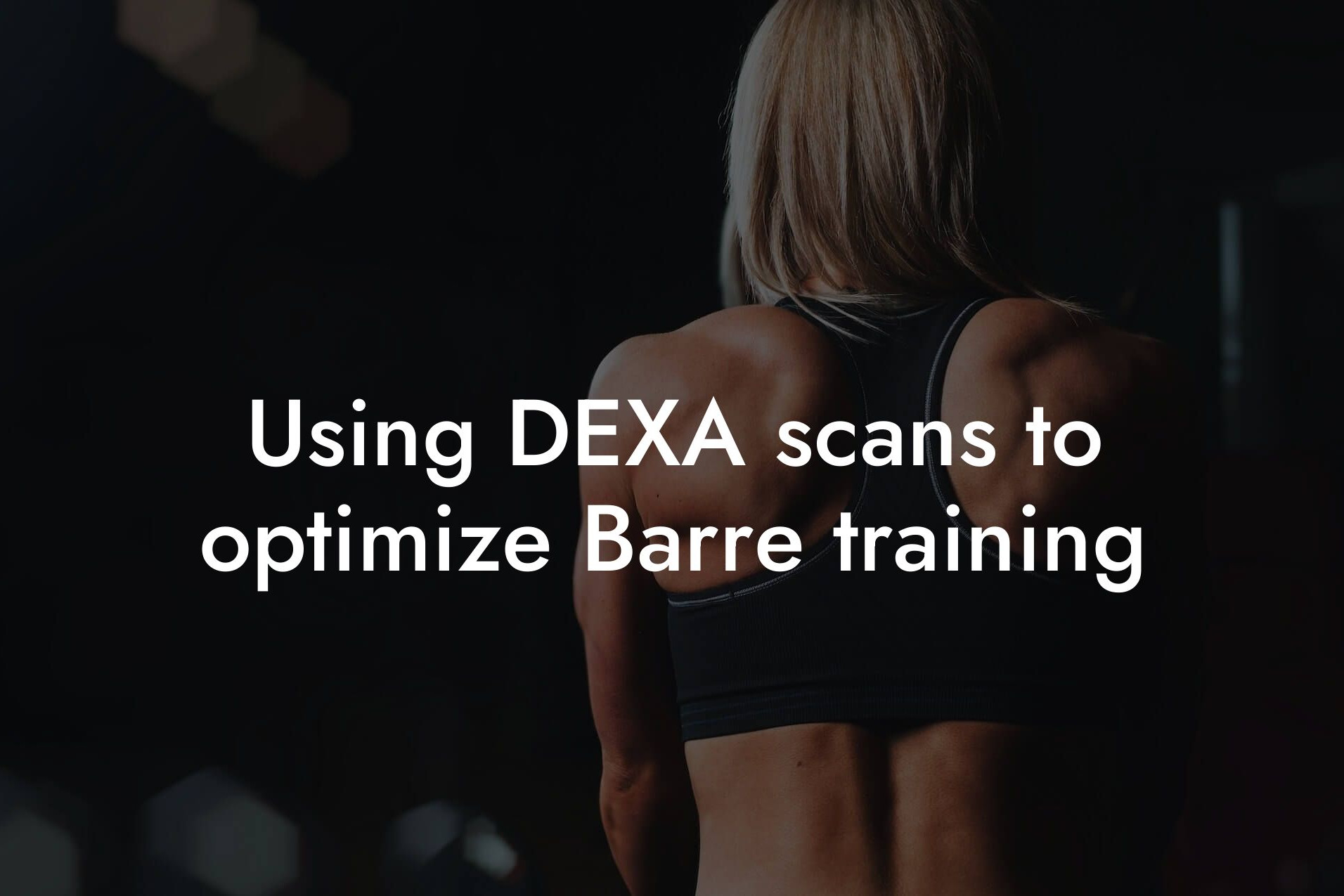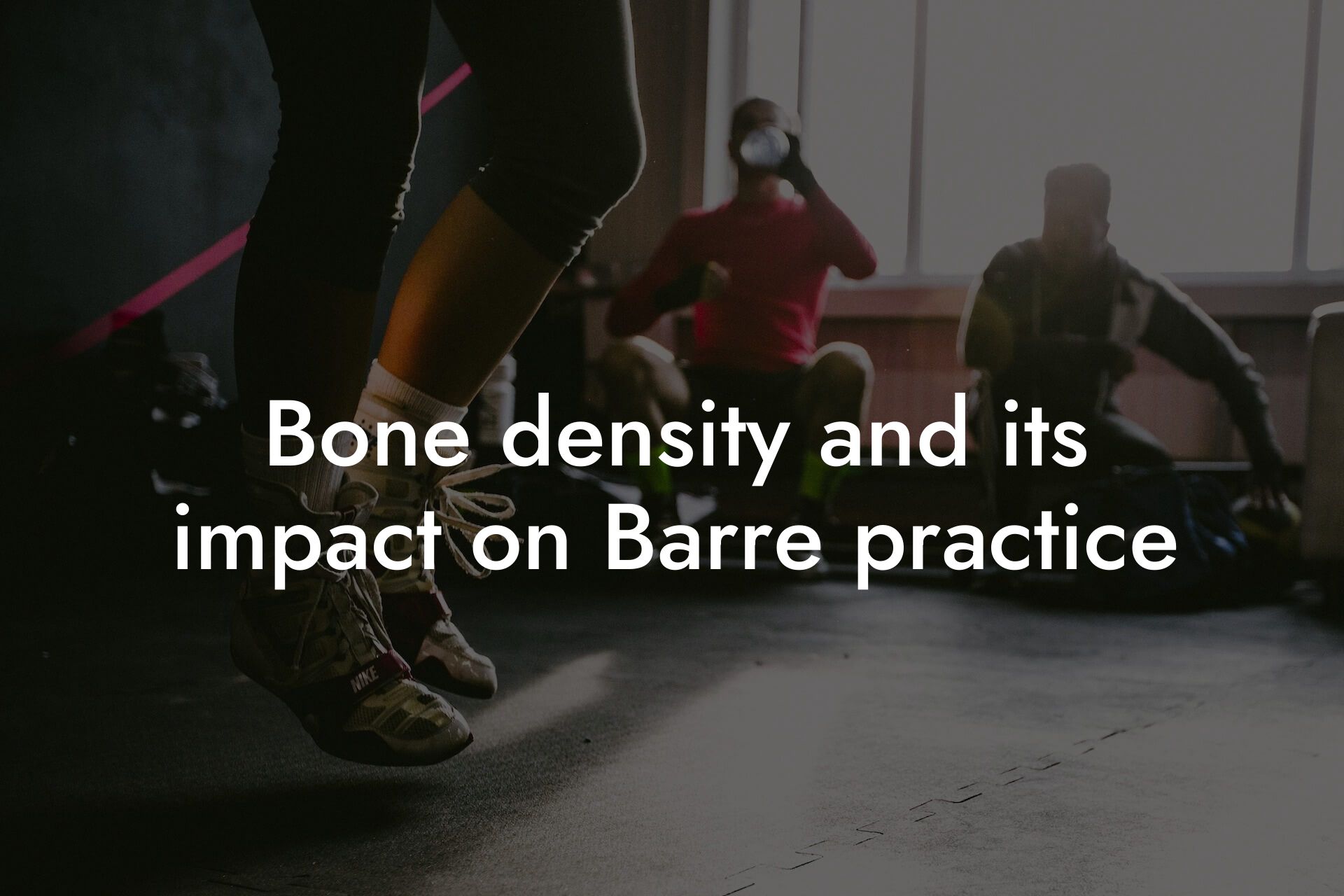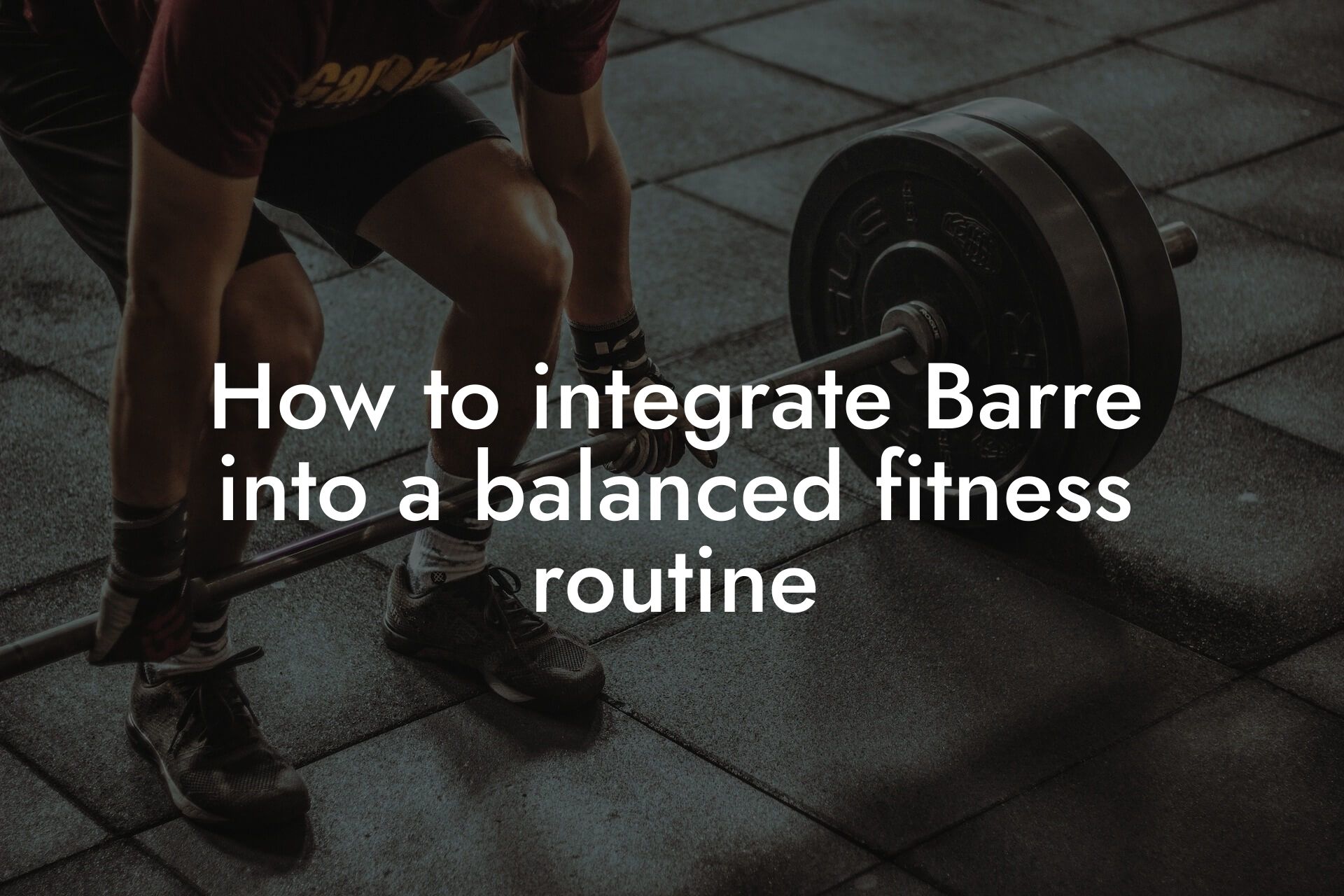As a high-earning professional, you understand the importance of maintaining a healthy and toned physique. Not only does it boost your confidence, but it also enhances your overall well-being and energy levels. One of the most effective ways to achieve this is through Barre exercises, a low-impact, high-intensity workout that targets multiple muscle groups simultaneously. In this article, we will delve into the benefits of Barre for maintaining muscle tone and flexibility, and provide you with a comprehensive guide on how to incorporate it into your fitness routine.
Table of Contents
What is Barre?
Barre is a form of exercise that combines elements of ballet, Pilates, and yoga to provide a full-body workout. It involves a series of movements that engage your core, legs, arms, and glutes, while also improving your posture, balance, and flexibility. Barre exercises typically involve small, controlled movements that target specific muscle groups, making it an ideal workout for those who want to improve their overall physique without putting excessive strain on their joints.
Benefits of Barre for Muscle Tone
Barre exercises are highly effective for building and maintaining muscle tone due to their focus on slow, controlled movements and isometric holds. These movements help to engage your muscles, increasing their strength and endurance over time. Some of the key benefits of Barre for muscle tone include:
• Increased muscle strength and endurance
• Improved muscle definition and tone
• Enhanced core stability and balance
• Reduced risk of injury due to low-impact movements
Benefits of Barre for Flexibility
In addition to building muscle tone, Barre exercises are also highly effective for improving flexibility. The slow, controlled movements and stretches involved in Barre help to increase your range of motion, reducing stiffness and improving your overall flexibility. Some of the key benefits of Barre for flexibility include:
• Increased range of motion and flexibility
• Reduced muscle tension and stiffness
• Improved posture and balance
• Enhanced overall mobility and movement
How to Incorporate Barre into Your Fitness Routine
Incorporating Barre into your fitness routine is easier than you think. Here are some tips to get you started:
• Start with 2-3 times per week and gradually increase frequency as your body adapts
• Begin with beginner-friendly classes or online tutorials to learn the basics
• Focus on proper form and technique to avoid injury and maximize results
• Combine Barre with other forms of exercise, such as cardio or strength training, for a well-rounded fitness routine
Tips for Getting the Most Out of Your Barre Workout
To get the most out of your Barre workout, follow these tips:
• Engage your core and maintain proper posture throughout the exercise
• Focus on slow, controlled movements and avoid jerky or bouncy movements
• Use light weights or resistance bands to increase the intensity of your workout
• Listen to your body and take regular breaks to avoid fatigue and injury
Common Misconceptions About Barre
There are several common misconceptions about Barre that may be holding you back from trying it. Here are some of the most common myths debunked:
• Myth: Barre is only for dancers or those with a dance background
Reality: Barre is suitable for anyone, regardless of their dance experience or fitness level
• Myth: Barre is too easy or not challenging enough
Reality: Barre can be modified to suit your fitness level, and the slow, controlled movements can be more challenging than you think
• Myth: Barre is only for women
Reality: Barre is suitable for anyone, regardless of gender or age
Maintaining muscle tone and flexibility is crucial for overall health and well-being. Barre exercises offer a low-impact, high-intensity workout that targets multiple muscle groups simultaneously, making it an ideal choice for high-earning professionals looking to improve their physique. By incorporating Barre into your fitness routine and following the tips outlined in this article, you can achieve a stronger, more toned, and more flexible body. Remember to always listen to your body and focus on proper form and technique to get the most out of your workout.
At Tano Performance Group, we understand the importance of maintaining a healthy and toned physique. Our DEXA machine provides a complete body assessment, giving you the information you need to take your fitness journey to the next level. Contact us today to learn more about our services and how we can help you achieve your fitness goals.
Frequently Asked Questions
What is Barre, and how does it help with muscle tone and flexibility?
Barre is a form of exercise that combines elements of ballet, Pilates, and yoga to provide a full-body workout. It helps improve muscle tone and flexibility by engaging small, precise movements that target specific muscle groups, increasing strength and flexibility simultaneously. Barre exercises are low-impact, making it an excellent option for individuals who want to avoid high-impact activities or have joint issues.
What are the benefits of Barre for muscle tone?
Barre helps improve muscle tone by building long, lean muscles through a combination of isometric holds, slow movements, and controlled releases. This type of exercise increases muscle strength, endurance, and flexibility, resulting in a more toned and defined physique.
How does Barre improve flexibility?
Barre incorporates a range of movements that help increase flexibility by lengthening the muscles and improving range of motion. The slow, controlled movements and deep stretching exercises in Barre help to increase flexibility, reducing stiffness and improving overall mobility.
Is Barre suitable for beginners?
Absolutely! Barre is an excellent exercise option for beginners. The low-impact nature of Barre makes it accessible to individuals of all fitness levels, and the slow, controlled movements allow beginners to focus on proper form and technique. Additionally, Barre classes often offer modifications and adjustments to suit individual needs and abilities.
What should I wear to a Barre class?
Wear comfortable, form-fitting clothing that allows for a full range of motion. Avoid loose or baggy clothing that may get in the way of your movements. You may also want to consider wearing grip socks or ballet shoes to help with traction and support during the class.
Do I need to have a dance background to take a Barre class?
No, you don't need a dance background to take a Barre class. Barre is a form of exercise that focuses on strength, flexibility, and body control, rather than dance technique. The exercises are designed to be accessible to individuals of all backgrounds and fitness levels.
How often should I take a Barre class to see results?
To see results, it's recommended to take at least 2-3 Barre classes per week, with a minimum of 30 minutes per session. Consistency is key to achieving improved muscle tone and flexibility. However, even taking one class per week can be beneficial for overall fitness and well-being.
Can I do Barre at home, or do I need to attend a studio?
You can do Barre at home, but attending a studio class offers several benefits, including personalized instruction, correction, and motivation. Additionally, studio classes provide access to specialized equipment, such as the Barre, which can enhance the effectiveness of the workout. However, there are many online resources and videos available for those who prefer to practice at home.
How does Barre compare to other forms of exercise, such as Pilates or yoga?
Barre combines elements of Pilates and yoga, but it's a distinct form of exercise that offers a unique blend of strength, flexibility, and body control. While Pilates focuses on core strength and body control, and yoga emphasizes flexibility and relaxation, Barre provides a more dynamic and intense workout that targets the entire body.
Can Barre help with weight loss?
Yes, Barre can be an effective way to lose weight and improve overall body composition. The intense, full-body workout can help increase caloric burn, build muscle mass, and boost metabolism, all of which can contribute to weight loss.
Is Barre suitable for individuals with injuries or chronic pain?
Barre can be modified to accommodate individuals with injuries or chronic pain. Many Barre classes offer gentle or restorative options that focus on low-impact movements and deep stretching. It's essential to consult with a healthcare professional or Barre instructor to determine the best approach for your individual needs.
Can Barre help improve posture?
Yes, Barre can help improve posture by strengthening the core muscles, improving flexibility, and increasing body awareness. The exercises in Barre help to engage the correct muscles, align the spine, and promote good posture.
How does Barre affect bone density?
Barre can help improve bone density by increasing muscle strength and mass, which can help stimulate bone growth and density. The weight-bearing exercises in Barre can also help to strengthen bones, particularly in the hips, spine, and legs.
Can Barre be used as a form of stress relief?
Absolutely! Barre can be an excellent way to reduce stress and anxiety. The slow, controlled movements and deep breathing exercises can help to calm the mind and body, promoting relaxation and reducing muscle tension.
How does Barre compare to traditional gym workouts?
Barre offers a unique, low-impact workout that targets the entire body, whereas traditional gym workouts often focus on individual muscle groups. Barre provides a more holistic approach to fitness, incorporating strength, flexibility, and body control, making it an excellent option for those looking for a more comprehensive workout.
Can Barre be used as a form of cross-training for athletes?
Yes, Barre can be an excellent form of cross-training for athletes. The exercises in Barre can help improve flexibility, strength, and body control, which can enhance overall athletic performance and reduce the risk of injury.
How does Barre affect body composition?
Barre can help improve body composition by increasing muscle mass, reducing body fat, and improving overall muscle tone. The exercises in Barre target the entire body, helping to create a leaner, more toned physique.
Can Barre be used as a form of rehabilitation after an injury?
Yes, Barre can be an excellent form of rehabilitation after an injury. The low-impact, gentle movements can help to improve strength, flexibility, and range of motion, making it an ideal option for individuals recovering from injuries or surgery.
How does Barre affect mental health?
Barre can have a positive impact on mental health by reducing stress and anxiety, improving mood, and increasing self-confidence. The exercises in Barre can also help to improve body awareness and self-esteem, promoting a more positive body image.
Can Barre be used in conjunction with other forms of exercise?
Absolutely! Barre can be used in conjunction with other forms of exercise, such as cardio, strength training, or yoga, to create a well-rounded fitness routine. Many individuals find that incorporating Barre into their routine helps to improve overall fitness and athleticism.
How does Barre affect overall physical fitness?
Barre can have a profound impact on overall physical fitness by improving strength, flexibility, balance, and body control. The exercises in Barre target the entire body, helping to create a strong, lean, and agile physique.
Here are some related articles you might love...
- Using DEXA scans to optimize Barre training
- Bone density and its impact on Barre practice
- How to integrate Barre into a balanced fitness routine
- Nutrition tips for sustained energy in Barre classes
- Recovery strategies for Barre practitioners
- Reducing body fat for improved Barre results
- Barre for injury prevention and rehabilitation
- The importance of core strength in Barre fitness
- How body composition impacts Barre performance
Zak Faulkner
Zak Faulkner is a leading authority in the realm of physical health and body composition analysis, with over 15 years of experience helping professionals optimise their fitness and well-being. As one the experts behind Tano Performance Group, Zak has dedicated his career to providing in-depth, science-backed insights that empower clients to elevate their physical performance and overall health.
With extensive knowledge of DEXA technology, Zak specializes in delivering comprehensive body assessments that offer precise data on body fat, muscle mass, bone density, and overall physique. His expertise enables individuals to make informed decisions and achieve their fitness goals with accuracy and confidence. Zak’s approach is rooted in a deep understanding of human physiology, combined with a passion for helping clients unlock their full potential through personalised strategies.
Over the years, Zak has earned a reputation for his commitment to excellence, precision, and client-focused service. His guidance is trusted by top professionals who demand the best when it comes to their health. Whether advising on fitness programs, nutritional strategies, or long-term wellness plans, Zak Faulkner’s insights are a valuable resource for anyone serious about taking their health and fitness to the next level.
At Tano Performance Group, Zak continues to lead our Content Team revolutionising how professionals approach their physical health, offering unparalleled expertise that drives real results.




